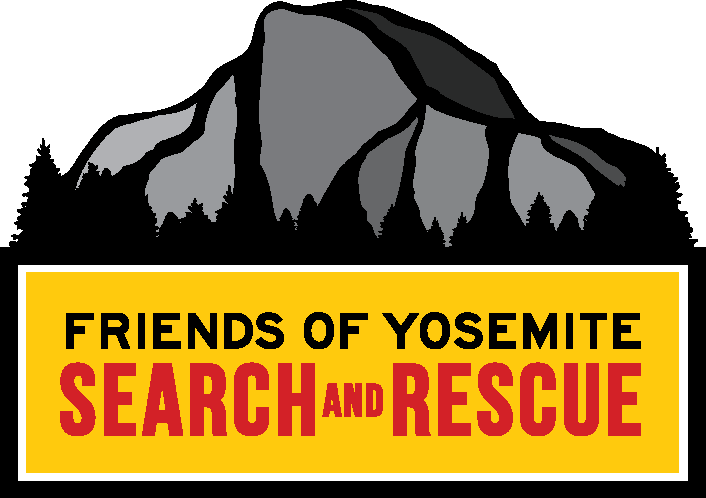10 Essentials for Snow Hiking in Yosemite National Park
Winter hiking in Yosemite requires special attention due to rapid weather changes and the rugged terrain. Here’s some “Essential” recommendations for a safe and enjoyable winter hiking trip in Yosemite:
1. Hydration: Start with at least two liters of water per person, preferably in insulated bottles. Pro Tip: Store your water bottle upside down to prevent the cap from freezing first. Consider carrying a thermos with warm fluids for added comfort and hydration.
2. Nutrition: High-calorie, non-perishable foods are a must. The steep and snow-covered trails burn more calories, so pack extra snacks such as trail mix, jerky, and nut butter packets. Pro Tip: Choose bite-size foods that don’t freeze as hard, and keep energy bars close to your body to prevent them from becoming too solid.
3. Insulation: Bring a comprehensive layering system that includes synthetic base layers, a fleece or puffy middle layer, and a waterproof, windproof outer layer. Pack an extra layer for unexpected stops. Pro Tip: If you’re not using your spare layer, you’ve packed well!
4. Illumination: A headlamp is essential, even if your hike is planned for daylight hours. Include spare batteries, preferably lithium, as they are more reliable in cold temperatures or a secondary headlamp for convenience. Pro Tip: Practice replacing batteries with gloves on to prepare for cold and dark conditions.
5. Navigation: GPS devices and apps can be helpful, but always have a topographic map and compass as backups. Pro Tip: Practice basic map and compass skills before your hike to ensure you're confident using them when needed. Yosemite's steep granite and dense forests can be disorienting.
6. First Aid Supplies: Each person should carry a well-stocked first aid kit tailored for the cold, including items like blister treatment and hand warmers. Pro Tip: Consider taking a Wilderness First Aid class to be better prepared for backcountry emergencies.
7. Fire: Always have waterproof matches, a lighter, or a fire starter, such as flint and steel. Starting a fire in snow-covered or damp conditions can be difficult, so practice before heading out. Pro Tip: Carry fire starters like cotton balls coated in Vaseline in a waterproof container to make ignition easier.
8. Repair Kit: A multi-tool or knife and duct tape are vital for fixing gear in emergencies. Pro Tip: Wrap duct tape around your trekking pole for an easy-to-access repair tool without adding bulk.
9. Emergency Shelter: Even for day hikes, bring an emergency bivy sack, lightweight tent, or large tarp to provide protection if conditions worsen. Pro Tip: A durable contractor trash bag can act as an emergency shelter in unexpected situations.
10. Sun Protection: Snow reflects UV rays, making sunscreen (minimum SPF 30) and UV-protective sunglasses non-negotiable, even on cloudy days. Pro Tip: Apply sunscreen to often-forgotten areas like under your chin and your nose, where snow glare can cause burns.
Yosemite’s winter can be breathtaking, but preparation is key for safety and enjoyment.
We’re excited to announce the launch of our brand-new *Trip Planning Tool*—designed to boost your safety and preparedness when heading into the great outdoors! 🌲🏔️
🔗 What is it?
Our online Trip Planning Tool is here to support you and your loved ones. By filling out this form, you provide all the essential details a Search and Rescue (SAR) team would need to assist you in an emergency. Once completed, you’ll receive an email containing all the info you entered, which you can share with your emergency contact for the duration of your trip.
🚨 Important Note:
FOYOSAR does *not* retain this data or monitor it. We’ll only use the information if your emergency contact reaches out and provides it to us.
📝 Plan ahead, share, and stay safe. Always remember: “Let someone know, Before you go!”


